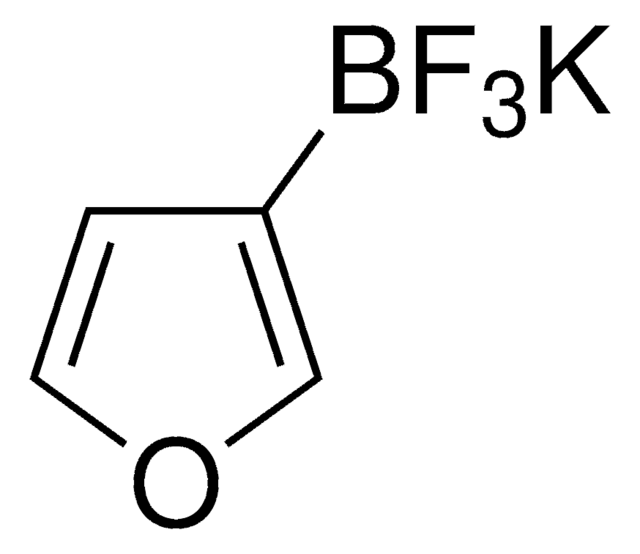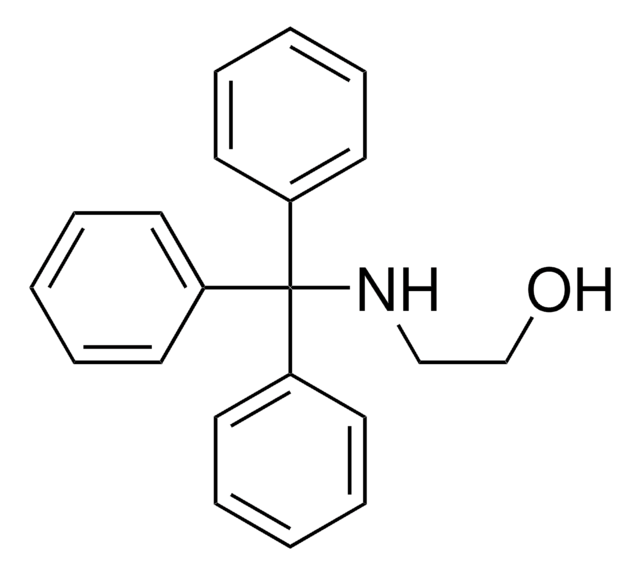Kluczowe dokumenty
730491
Heptanes, mixture of isomers
contains ≥25% n-heptane, ReagentPlus®
About This Item
Polecane produkty
Poziom jakości
linia produktu
ReagentPlus®
Próba
≥99.0%
Formularz
liquid
zawiera
≥25% n-heptane
charakterystyka ekologicznej alternatywy
Safer Solvents and Auxiliaries
Learn more about the Principles of Green Chemistry.
sustainability
Greener Alternative Product
metody
HPLC: suitable
zanieczyszczenia
≤0.01% (water)
bp
92-100 °C
gęstość
0.693 g/mL at 25 °C
kategoria ekologicznej alternatywy
ciąg SMILES
C(CCC)CCC
InChI
1S/C7H16/c1-3-5-7-6-4-2/h3-7H2,1-2H3
Klucz InChI
IMNFDUFMRHMDMM-UHFFFAOYSA-N
Szukasz podobnych produktów? Odwiedź Przewodnik dotyczący porównywania produktów
Opis ogólny
The product is a mixture of heptane isomers with ≥25% n-heptane. The influence of the molecular structure of heptane isomers on the combustion rate was investigated. The thermodynamic changes on mixing heptane isomers with hexadecanes were reported. The performance of Pd/SAPO (palladium/silicoaluminophosphates)-5 and Pd/SAPO-11 molecular seives in the hydroconversion of heptane isomers was studied. Photolysis of heptane isomers by one-color 157nm ionization was analyzed using ion imaging and time-of-flight mass spectroscopy.
Zastosowanie
Cechy i korzyści
Inne uwagi
Informacje prawne
Hasło ostrzegawcze
Danger
Zwroty wskazujące rodzaj zagrożenia
Zwroty wskazujące środki ostrożności
Klasyfikacja zagrożeń
Aquatic Chronic 2 - Eye Irrit. 2 - Flam. Liq. 2 - Skin Irrit. 2 - STOT SE 3
Organy docelowe
Central nervous system, Respiratory system
Kod klasy składowania
3 - Flammable liquids
Klasa zagrożenia wodnego (WGK)
WGK 2
Temperatura zapłonu (°F)
46.4 °F - closed cup
Temperatura zapłonu (°C)
8 °C - closed cup
Wybierz jedną z najnowszych wersji:
Masz już ten produkt?
Dokumenty związane z niedawno zakupionymi produktami zostały zamieszczone w Bibliotece dokumentów.
Powiązane treści
Dlaczego miałbyś wybierać między rozpuszczalnikami, które są ekologiczne, a tymi, które są niezawodne? Korzystaj z obu jednocześnie dzięki naszym bioodnawialnym i bardziej ekologicznym rozwiązaniom. Rozpuszczalnik Cyrene™ to nowa dipolarna aprotyczna alternatywa dla popularnych rozpuszczalników objętych ograniczeniami REACH, takich jak N-metylo-2-pirolidon (NMP) i dimetyloformamid (DMF).
Nasz zespół naukowców ma doświadczenie we wszystkich obszarach badań, w tym w naukach przyrodniczych, materiałoznawstwie, syntezie chemicznej, chromatografii, analityce i wielu innych dziedzinach.
Skontaktuj się z zespołem ds. pomocy technicznej



![Poly[4,5-difluoro-2,2-bis(trifluoromethyl)-1,3-dioxole-co-tetrafluoroethylene] dioxole 87 mol %](/deepweb/assets/sigmaaldrich/product/structures/951/320/21327fcd-4960-402d-8ae1-bf2e379cb2e2/640/21327fcd-4960-402d-8ae1-bf2e379cb2e2.png)





